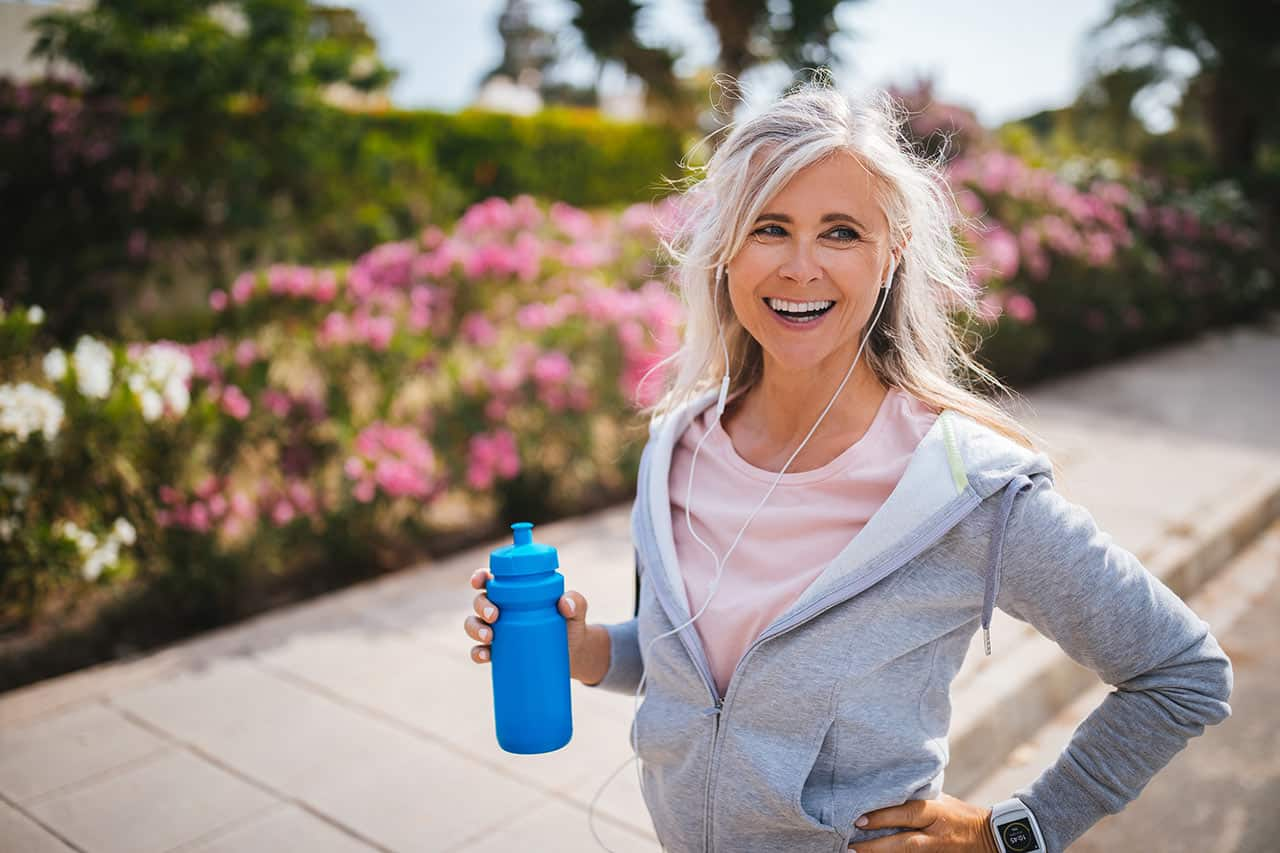Our bodies are what we put into them. We eat food and it becomes the fat and bones that make up our physical forms. We move that body and construct muscles through the effort; each movement helping sculpt us into healthy individuals. With the incredible advances in technology, the majority of us no longer need to use our bodies in daily physical labor in order to make a living or acquire food. If we want to keep our bodies in shape we can no longer rely on simply finishing the daily grind and expect our bodies to maintain sleek, slim, energetic forms. This is compounded as we age. As the telomeres in our cells begin to degrade it becomes harder and harder for our bodies to recover from injuries and continue to build new muscle, hence the signs of aging. If we wish to live long, healthy lives, maybe stick around longer for our grandkids, or to finish that manuscript, we need to develop safe, habitual, exercise strategies.
Where are you now?
The first step to developing a solid exercise regiment is to be mindful. First, take a seat in a chair, close your eyes, take a deep breath and ask yourself, “How am I feeling right now?” Take a moment to scan your body. What hurts right now? Are any of your muscles tight? How is your posture? What about your heart rate? Noticing these aspects is the secret sauce to getting the results you want out of your exercise regiment. Right now we are trying to establish a baseline to work from. It wouldn’t be a bad idea to step on a scale, and go for a run, jog, or walk (what ever you feel comfortable doing) until you are exhausted to measure your current endurance abilities.
What do you want?
Once you have your baseline, what you are currently able to accomplish with your body, the next step is to ask yourself what you’d like out of your body. Would you like to lose some stubborn fat so you look better and feel more confident? Would you like some more arm muscles so you can pick up your grandkids easier? Is there a hiking trail you’d love to be able to finish but it’s too long for your current muscles? Maybe you’d like to stop taking that annoying blood pressure medication. Maybe you’d just like to live as long and as healthy a life as you possibly can. Make sure your goals are SMART, that is, Specific, Measurable, Assignable, Realistic, and Time-constrained. It is not realistic to begin training for the Mr. Universe competition at 55. It is not specific to just say “I want to be stronger.” An example of a well constructed goal would be like this: “I would like to hike to the top of Multnomah Falls, without having to stop and catch my breath, before the end of the summer.”
The Work
Now that you have a goal that you’d like for your body, it’s time to figure out a plan to get there. Remember that your primary goal is to establish long term lifestyle changes around exercise. Rather than joining a Crossfit gym, injuring yourself, or otherwise burning out from exhaustion, start small, maybe a walk around your neighborhood a few days a week and some 5 pound dumbbell lifts to get the ball rolling. You might try exercising with a medicine ball as well. A lighter weight can be easier on joints and muscles that haven’t been used in a while.
Here are some government resources, both federal and local, for exercise techniques and classes:
- Go4Life from the National Institute on Aging at the U.S. Department of Health and Human Services
- Go4Life Exercises for Aging Americans
- Physical Activity Guidelines for Americans on health.gov
- Physical Activity and Health: A Report of the Surgeon General, recommendations for Older Adults
- SAIL (Stay Active and Independent for Life) by Washington State Department of Health
- Fifty and Better at Firstenburg Community Center, part of Vancouver Washington Parks and Recreation
Don’t Stop!
Start small, and BE CONSISTENT! Once your regiment, however simple, is established, you will begin seeing positive change in your life. Exercise boosts your metabolism, giving you more energy, releases endorphins, making you happier, and can help ease chronic pain from stiff joints and unstretched muscles. These are some of the immediate effects of exercise. As time goes on, even greater benefits from exercise emerge, highlighted by a healthier, longer, and more productive life. You owe it to yourself to take exercise in your old age seriously. With just a few hours of work a week, you can improve your health to live for many more years.
If you’re looking for a community of older men and women who make for great new friends and exercise partners, come visit our campus!

